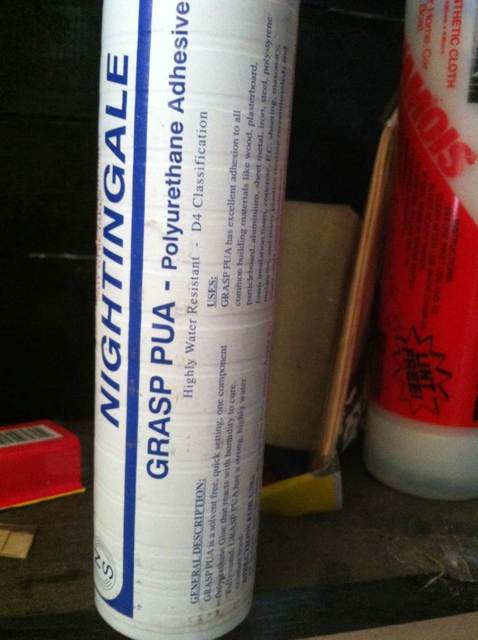A good plunge router will let you make all types of slots and recesses with just a little practice.
I actually prefer my trimmer router ( sometimes called a laminate trimmer) I can easily hold it in one hand. My plunge router has been nominated to be turned upside down and used on my not yet built router table

A good basic starting point for power tools
- a power drill or a cordless with 2 quick charge batteries
- a circular saw with fine tooth blade, higher the number the finer the cut. (Think steak knife vs bread knife- you would use a bread knife to cut steak! )
- a router
I have a full range, but I have a love hate relationship with my jigsaw.
If you do decide to use screws always pre drill your holes (go one size thinner than your screws) you won't split the wood.
ALWAYS mask up ALWAYS !!!
Tie back your hair and keep it out of your face! Otherwise it will fall right in front of your eyes at the worst possible time.
Always wear closed in shoes (doesn't have to be 'safety boots' but if you drop something, even a screw driver it hurts like you wouldn't believe when it spears into the top of your foot. It will also protect you if you stand on that dropped screw you forgot to pick up

Don't be scared of your tools but have respect for the damage they can cause to soft flesh if something goes wrong.
Above all enjoy the learning experience. You'll make mistakes at first, but I can guarantee you won't do it a second time- you'll make different mistakes and learn from them too.







